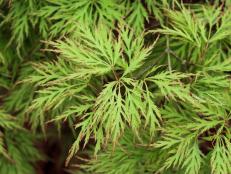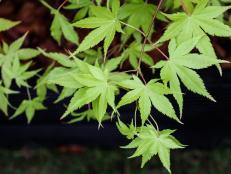1 / 13
Photo: ChicagoBotanicGarden.com
Find Your Favorite Maple Tree
The maple tree family is a large one, and it includes trees of all shapes and sizes. From broad and spreading Norway maples, to columnar red maples, to short and shrubby 'Emerald Elf’ amur maple, you can find a maple tree to fit any planting need. Japanese maples are probably the best-known members of the family, but we’re inviting you to meet other types of maple trees. If you’re in the market for a tree, consider a maple. You won’t be disappointed.











